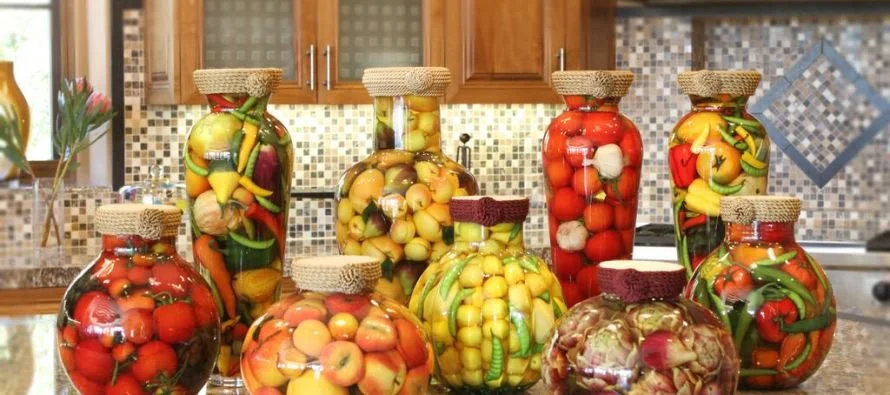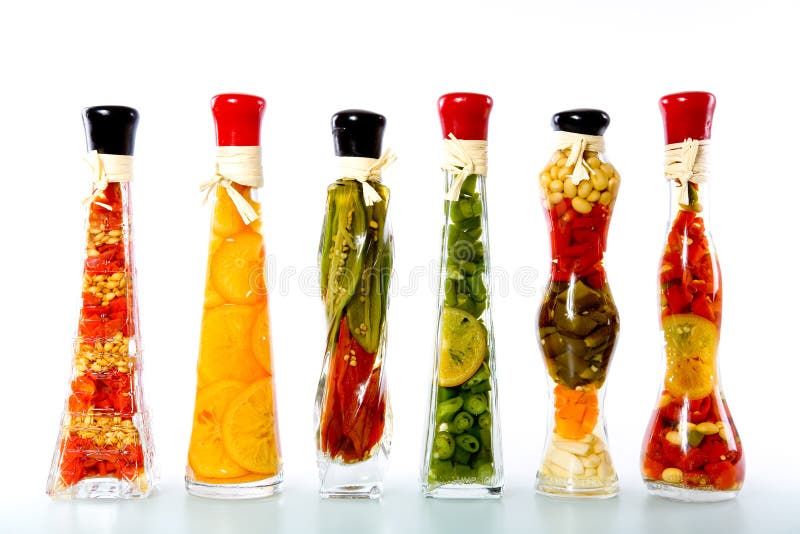There’s something utterly charming about a kitchen filled with vibrant colors, especially when it comes to fresh vegetables. One of the most delightful ways to showcase these earthy beauties is through decorative jars filled with vegetables. Not only do these jars elevate your kitchen decor, but they also keep your produce fresh and accessible. In this article, I’ll share my personal experiences and insights, along with tips, tricks, and ideas for using decorative jars in your kitchen.
Why Choose Decorative Jars for Vegetables?
Decorative jars serve both aesthetic and functional purposes. Here are the primary reasons to consider using them:
- Visual Appeal: Bright and colorful vegetables can bring life to any kitchen decor.
- Organizational Benefits: Easily access your fresh produce without digging through drawers.
- Durability: Glass jars protect vegetables from bruising and keep them fresh longer.
- Eco-Friendly: Use reusable jars instead of disposable packaging.
Choosing the Right Jars

When selecting decorative jars for vegetables, consider the following factors:
Material Matters

Choosing the right material is essential for both functionality and style.
- Glass: Offers visibility and is non-reactive, ensuring your vegetables stay fresh.
- Plastic: Lightweight and less prone to breakage, but can retain odors.
- Wood or Ceramic: Great for decorative purposes but may not be ideal for storing fresh produce.

Sizes and Shapes
Consider the types of vegetables you plan to store:

- Wide-mouth jars: Perfect for storing bulkier items like peppers or tomatoes.
- Tall jars: Ideal for long vegetables like carrots or celery.
- Variety of sizes: Will help accommodate different vegetables and kitchen spaces.
Sealing and Closure

Ensure the jars come with airtight seals to maximize freshness. Look for lids that fit snugly without requiring excessive force to open.
Style and Design

Select a style that complements your kitchen decor:
- Rustic: Wooden or vintage jars for a country kitchen feel.
- Modern: Sleek glass jars with minimalistic designs.
- Colorful: Brightly colored jars can add a pop of color to neutral decor.
Ideas for Filling Your Decorative Jars
Now that you have the jars, let’s explore the creative ways you can fill them with vegetables.
Layering Vegetables
For a visually striking display, try layering different colored vegetables in clear jars.
Example Layering
| Layer | Vegetable | Color |
|---|---|---|
| 1 | Carrots | Orange |
| 2 | Bell Peppers | Red and Yellow |
| 3 | Green Beans | Green |
By creating a rainbow of colors, you not only create a striking visual but also encourage healthy eating habits.
Incorporating Herbs
Adding herbs to your vegetable jars can enhance the aesthetic appeal and add fragrance to your kitchen.
- Basil: Great with tomatoes.
- Parsley: Adds a touch of green to any arrangement.
- Cilantro: Perfect for a zesty visual.
Seasonal Themes
Change your jars according to the seasons. In autumn, fill them with squash, pumpkins, and gourds. In spring, consider fresh salads and vibrant greens.
Organizational Tips for Your Decorative Jars
Maintaining an organized display can enhance both functionality and aesthetics.
Labeling
Use labels to specify the contents of each jar. This not only looks professional but also aids in quick access to ingredients while cooking.
- Chalkboard Labels: Easily changeable and stylish.
- Printable Labels: Custom designs can be created for a personal touch.
Placement Strategies
Consider strategic placements for optimal access and visual enjoyment:
- Countertops: For frequently used veggies.
- Open Shelving: To display your jars as decorative pieces.
- Pantry: For longer storage of root vegetables.
Pros and Cons of Using Decorative Jars for Vegetables
Like everything, there are pros and cons to consider when using decorative jars in your kitchen.
Pros
- Enhances kitchen aesthetics.
- Encourages healthy snacking.
- Provides easy access to fresh produce.
- Protects vegetables from damage.
Cons
- May take up countertop space.
- Requires regular cleaning to avoid mold.
- Not all vegetables can be stored long-term in jars.
FAQs About Decorative Jars with Vegetables
What types of vegetables can I store in decorative jars?
You can store a variety of fresh vegetables including carrots, bell peppers, cucumbers, and green beans. Just ensure they are dry and free from moisture to prevent mold.
How long will vegetables last in decorative jars?
Generally, vegetables stored in decorative jars can last a week or two depending on the type. It’s important to monitor them for freshness and replace them as necessary.
Can I store cooked vegetables in jars?
Cooked vegetables can be stored in jars as well, but it’s best to refrigerate them to maintain their freshness. Remember to cool them completely before sealing tight.
Should I wash vegetables before storing them in jars?
It’s advisable to wash vegetables before storing, but make sure they are fully dried to avoid moisture buildup in the jars, which can lead to spoilage.
Can decorative jars also be used for fruits?
Yes! Decorative jars can be used for fruits as well. Just be mindful of ethylene-producing fruits like bananas, which should be stored separately.
Conclusion
Incorporating decorative jars filled with vegetables in your kitchen is not just about aesthetics; it’s about enhancing your cooking experience and promoting healthy living. From vibrant colors to practical storage, the possibilities are endless. I hope this guide inspires you to get creative, find joy in your kitchen, and make healthy eating appealing and accessible. Don’t wait—start your decorative jar journey today!